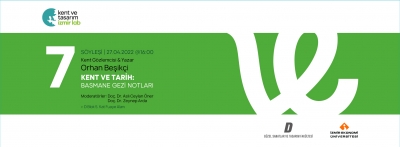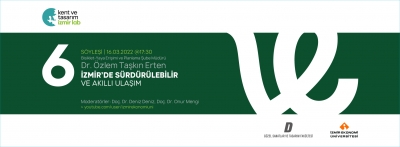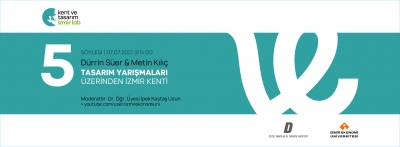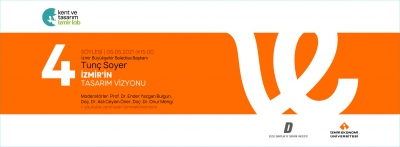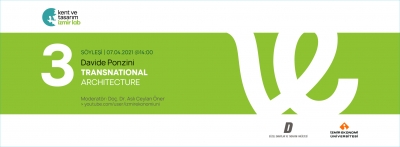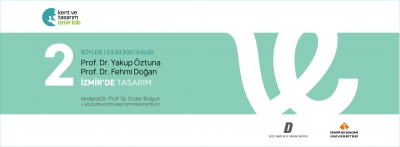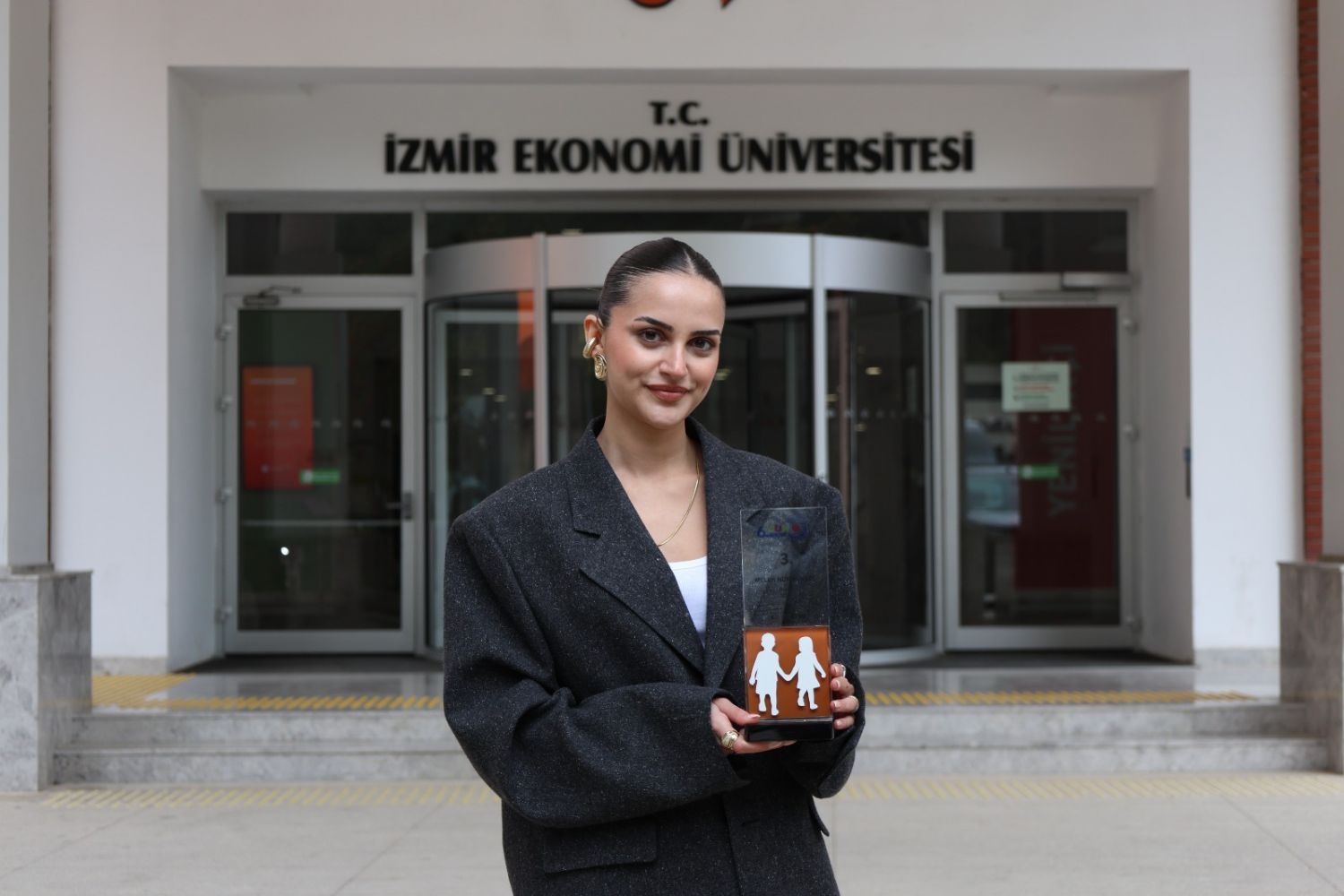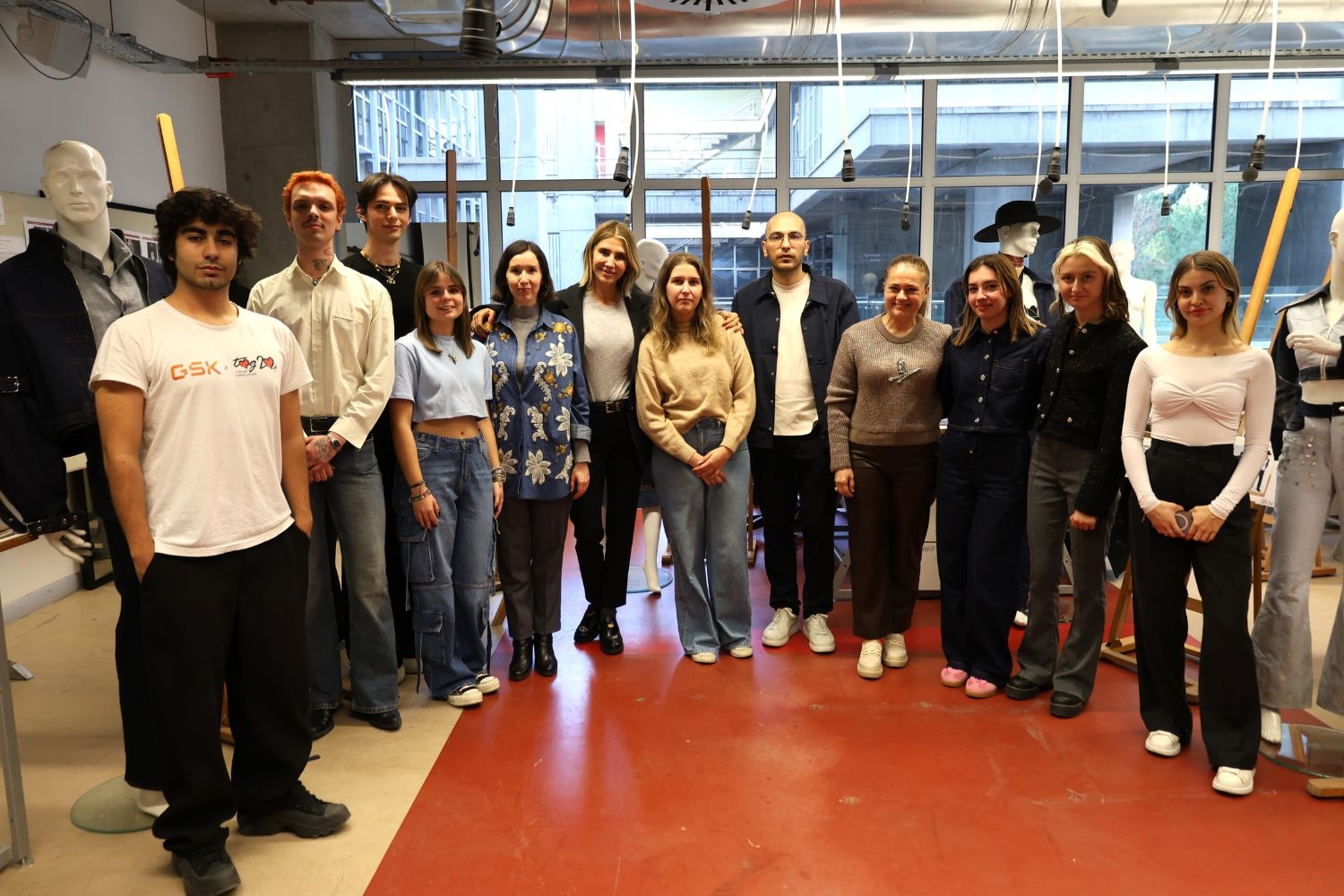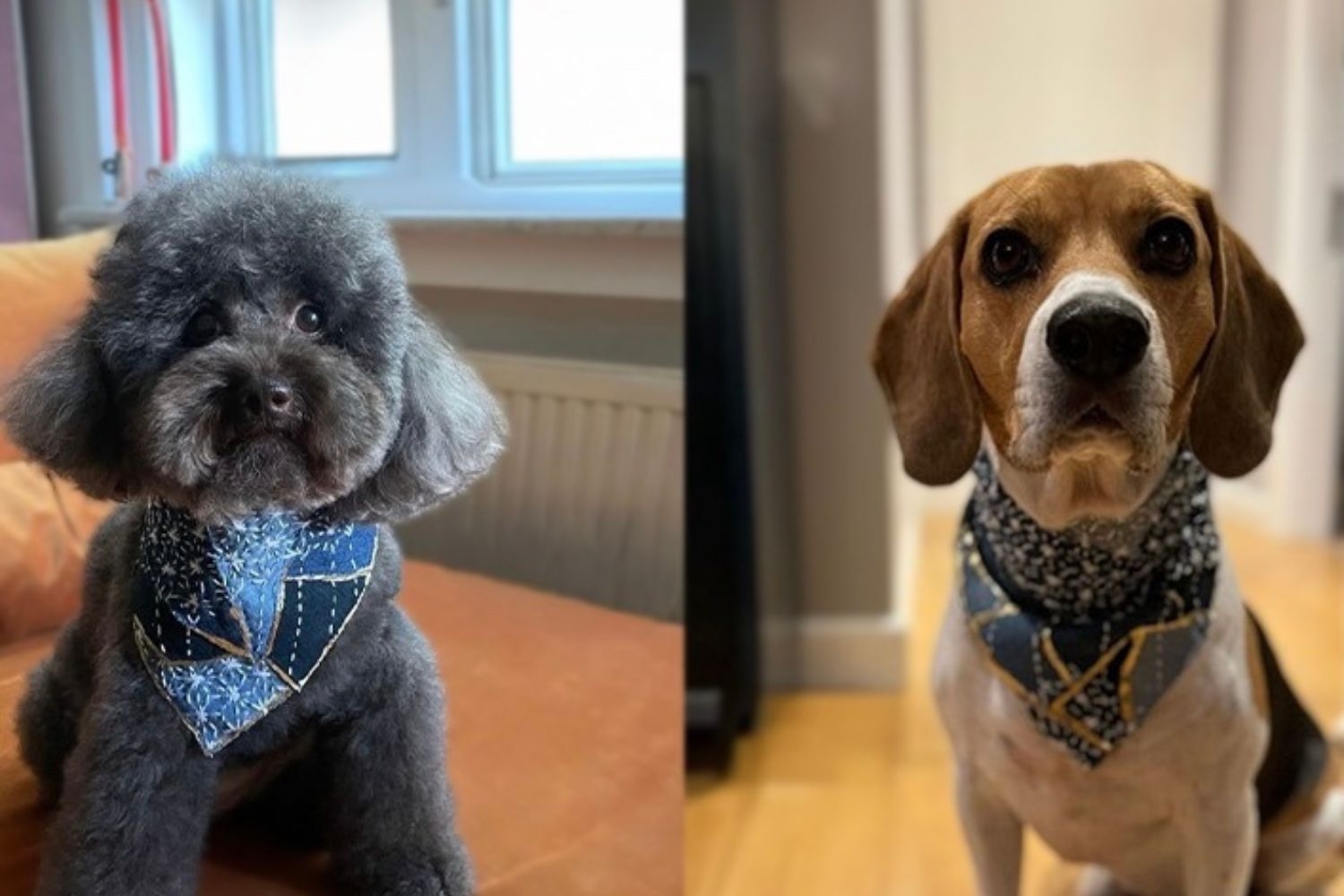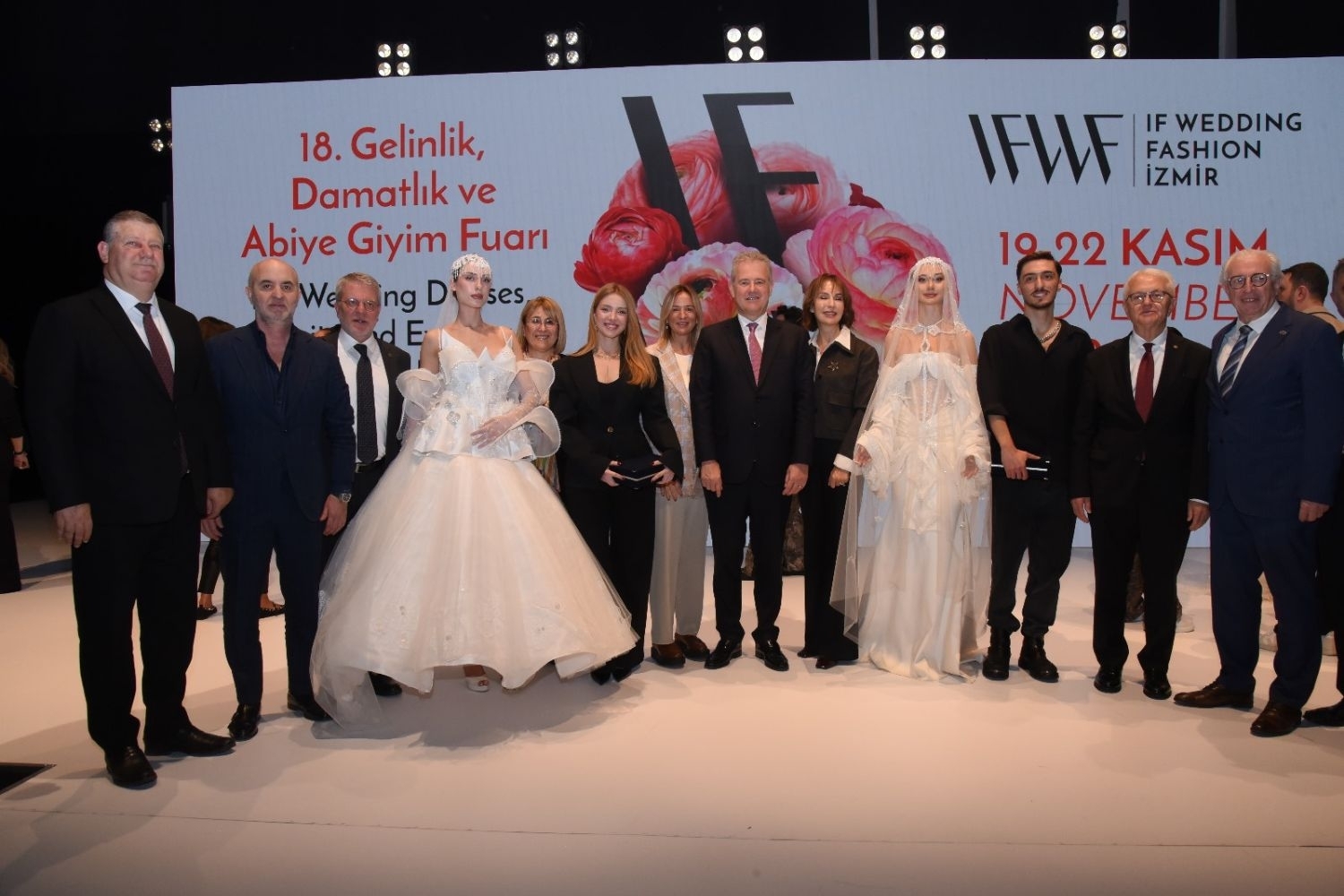FACULTY OF FINE ARTS AND DESIGN
Department of Textile and Fashion DesignFA 416 | Course Introduction and Application Information
| Course Name |
Design Narratives through Writing
|
|
Code
|
Semester
|
Theory
(hour/week) |
Application/Lab
(hour/week) |
Local Credits
|
ECTS
|
|
FA 416
|
Fall/Spring
|
3
|
0
|
3
|
4
|
| Prerequisites |
None
|
|||||
| Course Language |
English
|
|||||
| Course Type |
Elective
|
|||||
| Course Level |
First Cycle
|
|||||
| Mode of Delivery | face to face | |||||
| Teaching Methods and Techniques of the Course | DiscussionQ&ALecture / Presentation | |||||
| National Occupation Classification | - | |||||
| Course Coordinator | - | |||||
| Course Lecturer(s) | - | |||||
| Assistant(s) | - | |||||
| Course Objectives | To provide the students with the knowledge of the techniques of written expression relation to fashion and design and to develop the students ability with different types and techniques of written work. |
| Learning Outcomes |
The students who succeeded in this course;
|
| Course Description | The course is intended to familiarize students with techniques of writing and written narration. It contains theoretical and practical written narration knowledge related to their design and works of art. Different techniques in writing connected to their own composition will be presented to the students. At the end of this course they will be able to find out effective expressions for writing techniques. They will be able to develop themselves with ‘Imaginative Writing’ ‘Fictional Text and Practices’, ‘Techniques of Written Expression’, ‘Creative Writing’. |
| Related Sustainable Development Goals |
|
|
|
Core Courses | |
| Major Area Courses | ||
| Supportive Courses |
X
|
|
| Media and Management Skills Courses | ||
| Transferable Skill Courses |
WEEKLY SUBJECTS AND RELATED PREPARATION STUDIES
| Week | Subjects | Related Preparation |
| 1 | Introduction to narrative and design narrative : structure of the course | Gretchen Barbatsis, Narrative Theory, Chapter 21 in Handbook of Visual Communication , Theory , Methods and Media, ed. Smith, Barbatsis,Moriarty, Kenney, Routledge,2005 pp.329331 Class Assignment for the next week: Memento: Bring an object for the next course that tells you something about your memories. Write min.500 words on it. |
| 2 | Basic terminologies on narrative; introduction to terminologies like analogy, metaphor, metonymy, text, concept, meaning, fiction, code | Class Assignment: Memento Hand in & presentation. Malcolm Barnard, Fashion as Communication, Routledge; 2 edition (October 28, 2002) |
| 3 | Semiotical analysis & narrative structure of fashion Statements | Class assignment: Narrative structure of little black dress What is a tshirt? Codes, chronotypes, and everyday objects, Betsy CullumSwan and Peter K. Meaning, p.4314 |
| 4 | Reading and telling photographs: Analyzing fashion photographs as a material for creative material in writing | Malcolm Barnard, Fashion as Communication, Routledge; 2 edition (October 28, 2002) “Good lookers”adlı makale , p.139141 Fashion magazines & Blogs Group Assignment: Reading and telling a fashion photography |
| 5 | Brand Narratives: Analyzing of Photographes | Ed.Peter Mc Neil, Vicki Karaminas , Catherine Cole,Fashion and Fiction, Berg 2009, “Brand Story telling: Context and Meaning for Crago pants”,p.95104 Kotler, Clark, Scott, Marketing management , Casi Isedi, Levis Strauss Italia section. |
| 6 | Producing design narrative from a film | Film Screening, language of designer Yamamoto Watching movie “Dolls” or “Notebook, Cities and Clothes” Class assignment: text with min. 500 words |
| 7 | Fashion in fiction: Fashion texts in literature | Class assignment: Visualization of text with a moodboard Reading and analyzing Marcel Proust’s Remembrance of the Things Past,1922 |
| 8 | Midterm | A written exam about written articles during the course. |
| 9 | Play Analysis: The concept of beauty and beautiful | Class assignment: text with min. 500 words Reading Oscar Wilde’s The Portrait of Dorian Gray and watching of this novel’s movie |
| 10 | Visual Metaphors in Fashion | Stuart Kaplan, Visual Metaphors in Print Advertising for Fashion Products, Lewis & Clark College, Chp.11, Class assignment: Reading a fashion product |
| 11 | Visual Imagery from a rhetorical perspective | Rhetorics of designer, brand, collection Class assignment: text with min. 500 words with reference to photography, catwalk, interviews |
| 12 | Spatial extension of brand rhetorics | Versatility of a brand: Clothing, Communication, Space “Window dressing with Jörn Fröhlich” |
| 13 | The Future of Fashion: Supernarratives with Superheroes Create a futuristic scenario | Superheroes: Fashion and Fantasy Metropolitan Museum of Art (June 2, 2008) |
| 14 | Trend and Season Analysis: Narrative of a trend | Class assignment: Textual moodboard including context, label, keyword, design |
| 15 | Final exam: Narrative Catalogue | Preparation of a narrative belongs to a selected dress and printing of these narratives as a catalogue |
| 16 | Review of the Semester |
| Course Notes/Textbooks | Handbook of Visual Communication: Theory, methods and Media, Lea’s Communication Series Catherine Kohler Riessman, Introduction to Narrative Analysis, Sage Pub. John Berger, Another way of telling, Vintage pub, 1995 Kotler, Clark, Scott, Marketing management , Casi Isedi, Levis Strauss Italia Ed.Peter Mc Neil, Vicki Karaminas , Catherine Cole,Fashion and Fiction, Berg 2009, “Brand Story telling: Context and Meaning for Crago pants, p.95104 Stuart Kaplan, Visual Metaphors in Print Advertising for Fashion Products, Lewis & Clark College, Chp.11 Gretchen Barbatsis, Narrative Theory, Chapter 21 in Handbook of Visual Communication , Theory , Methods and Media, ed. Smith, Barbatsis,Moriarty, Kenney, Routledge,2005 Malcolm Barnard, Fashion as Communication, Routledge; 2 edition (October 28, 2002) |
| Suggested Readings/Materials | Fashion magazines & Blogs |
EVALUATION SYSTEM
| Semester Activities | Number | Weigthing |
| Participation |
1
|
10
|
| Laboratory / Application | ||
| Field Work | ||
| Quizzes / Studio Critiques |
1
|
10
|
| Portfolio | ||
| Homework / Assignments |
1
|
40
|
| Presentation / Jury | ||
| Project |
1
|
25
|
| Seminar / Workshop |
1
|
15
|
| Oral Exams | ||
| Midterm | ||
| Final Exam |
1
|
|
| Total |
| Weighting of Semester Activities on the Final Grade |
5
|
100
|
| Weighting of End-of-Semester Activities on the Final Grade | ||
| Total |
ECTS / WORKLOAD TABLE
| Semester Activities | Number | Duration (Hours) | Workload |
|---|---|---|---|
| Theoretical Course Hours (Including exam week: 16 x total hours) |
16
|
3
|
48
|
| Laboratory / Application Hours (Including exam week: '.16.' x total hours) |
16
|
0
|
|
| Study Hours Out of Class |
14
|
2
|
28
|
| Field Work |
0
|
||
| Quizzes / Studio Critiques |
1
|
6
|
6
|
| Portfolio |
0
|
||
| Homework / Assignments |
8
|
2
|
16
|
| Presentation / Jury |
0
|
||
| Project |
1
|
12
|
12
|
| Seminar / Workshop |
1
|
10
|
10
|
| Oral Exam |
0
|
||
| Midterms |
0
|
||
| Final Exam |
1
|
0
|
|
| Total |
120
|
COURSE LEARNING OUTCOMES AND PROGRAM QUALIFICATIONS RELATIONSHIP
|
#
|
Program Competencies/Outcomes |
* Contribution Level
|
|||||
|
1
|
2
|
3
|
4
|
5
|
|||
| 1 |
To be able to develop and design a collection independently. |
-
|
-
|
-
|
-
|
-
|
|
| 2 |
To be able to do maintain a design research individually or as a team. |
-
|
-
|
X
|
-
|
-
|
|
| 3 |
To be able to develop entrepreneurship- and managerial skills for a future professional practice. |
-
|
-
|
-
|
-
|
-
|
|
| 4 |
To be able to understand, interpret and apply theoretical knowledge in fashion and textile design. |
-
|
-
|
-
|
-
|
-
|
|
| 5 |
To be able to analyze and integrate the particular local and regional needs and of their profession. |
-
|
-
|
-
|
-
|
-
|
|
| 6 |
To be able to obtain a multidisciplinary point of view, follow and analyze the new issues, changes and trends in contemporary design and art in such a way that they can be integrated into design practice. |
-
|
-
|
-
|
X
|
-
|
|
| 7 |
To be able to apply industrial requirements, knowledge of material & usage and know-how knowledge in the creation of high quality fashion products. |
-
|
-
|
-
|
-
|
-
|
|
| 8 |
To be able to use digital information and communication technologies at a level that is adequate to the discipline of fashion and textile design. |
-
|
-
|
-
|
-
|
-
|
|
| 9 |
To be able to develop an ongoing analytical and professional approach to academic and design research. |
-
|
-
|
X
|
-
|
-
|
|
| 10 |
To be able to recognize the need and importance of a personal lifelong learning attitude towards their chosen area of interest. |
-
|
-
|
-
|
-
|
-
|
|
| 11 |
To be able to collect data in the areas of fashion and textile design and communicate with colleagues in a foreign language ("European Language Portfolio Global Scale", Level B1). |
-
|
-
|
-
|
-
|
-
|
|
| 12 |
To be able to speak a second foreign at a medium level of fluency efficiently. |
-
|
-
|
-
|
-
|
-
|
|
| 13 |
To be able to relate the knowledge accumulated throughout the human history to their field of expertise. |
-
|
-
|
-
|
-
|
-
|
|
*1 Lowest, 2 Low, 3 Average, 4 High, 5 Highest
NEWSALL NEWS

IZMIR UNIVERSITY OF ECONOMICS GÜZELBAHÇE CAMPUS
DetailsGLOBAL CAREER
As Izmir University of Economics transforms into a world-class university, it also raises successful young people with global competence.
More..CONTRIBUTION TO SCIENCE
Izmir University of Economics produces qualified knowledge and competent technologies.
More..VALUING PEOPLE
Izmir University of Economics sees producing social benefit as its reason for existence.
More..









